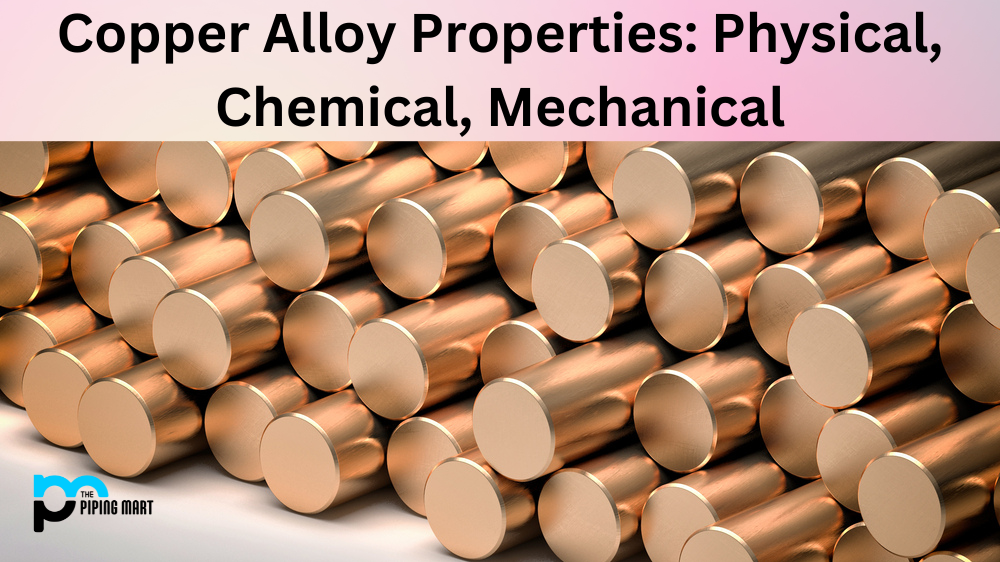Welding AR500 steel to mild steel is a common welding technique used in metal fabrication. AR500 steel is an abrasion-resistant grade of alloy steel commonly used in construction equipment and structures that require added protection from wear and tear. When welding AR500 to mild steel, it’s important to understand both materials’ different properties to achieve a quality weld. Let’s take a look at what you need to know.
Welding Techniques for AR500 and Mild Steel
When welding AR500 and mild steel, there are several techniques you can use. The most common method is oxy-fuel cutting or gas-shielded arc welding (GMAW). Oxy-fuel cutting involves using a high-temperature flame to melt away the material so it can be shaped as desired. GMAW uses a wire electrode that generates heat through an electric arc between the wire and the work piece. For both techniques, it’s important to use the correct type of filler rod material when joining two pieces together.
Advantages of Using AR500 Steel
Besides being more durable than mild steel, there are many advantages to using AR500 steel for your welding projects. It offers superior strength and rigidity compared with other grades of alloy steels, making it ideal for applications where strength and rigidity are key requirements. In addition, its abrasion-resistant properties mean that it can withstand wear and tear better than other types of metals. This makes it perfect for use in applications such as mining equipment, heavy machinery, or any other field where durability is necessary.
Increased Durability
One of the primary advantages of using AR500 steel is its incredible durability. This type of steel is often used in applications where high levels of wear and tear are expected, such as in the construction of buildings or bridges. Additionally, AR500 steel is often used in manufacturing military vehicles and equipment, as it can withstand a great deal of abuse.
Improved Safety
Another advantage of using AR500 steel is that it can help to improve safety. This type of steel is often used in the construction of safety barriers, as it can absorb a great deal of impact energy. Additionally, AR500 steel is often used to manufacture body armor, as it can help to protect the wearer from bullets and other projectiles.
Reduced Maintenance Costs
Another benefit of using AR500 steel is that it can help to reduce maintenance costs. This type of steel is very resistant to corrosion, meaning that it will not need to be replaced as often as other types of steel. Additionally, AR500 steel is very easy to clean, meaning less time and effort will need to be spent on maintenance.
Increased Lifespan
Due to its increased durability, using AR500 steel can also help to increase the lifespan of a product or structure. This means less money will be spent on replacement costs over time. Additionally, the increased lifespan can also help to reduce environmental impact, as fewer products will need to be manufactured overall.
Versatile Applications
Another advantage of using AR500 steel is that it can be used in a wide variety of applications. This type of steel is commonly used in both commercial and industrial settings due to its high level of durability and resistance to corrosion. Additionally, AR500 steel can be used to construct homes and other structures.
Conclusion:
Using the right welding technique when joining AR500 steel to mild steel is essential for achieving strong welds with minimal distortion or defects. You must also use the correct type of filler rod material when welding these two materials together for the best results. Finally, don’t forget about the advantages that come with using AR500; its superior strength and abrasion resistance make it well-suited for applications requiring extra durability or protection from wear and tear over time. With these tips in mind, you should have no trouble successfully welding AR500 to mild steel!

Pipingmart is a B2B portal that specializes in metal, industrial and piping items. Additionally, we share the latest information and information about materials, products and various types of grades to assist businesses that are involved in this business.




